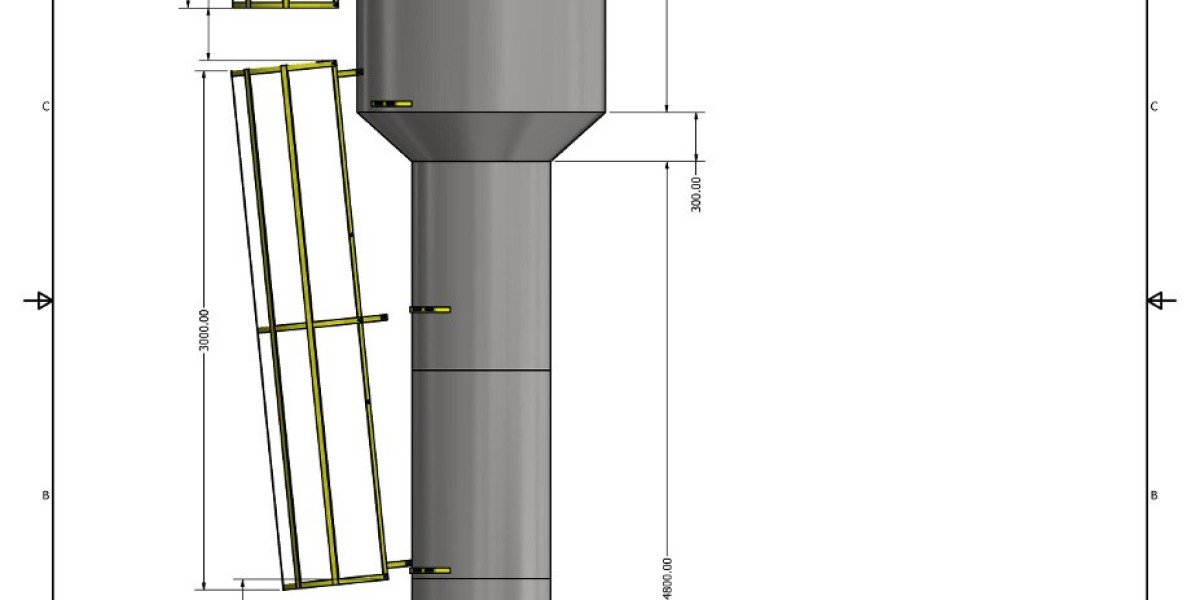In the world of art and architecture, the term "gallery depth" may carry multiple connotations. It refers not just to the physical dimensions of a gallery space but also to the psychological, visual, and cultural depth that a gallery can offer to its visitors. In the United States, where art institutions range from prestigious museums to local community art centers, gallery depth reflects both the architectural design choices and the rich cultural layers that art presents.
Architectural Significance of Gallery Depth
In a literal sense, gallery depth refers to the physical depth of a gallery — how far it extends from the entrance to the back wall. This dimension is crucial in determining how artworks are displayed, how natural or artificial lighting is arranged, and how visitors move through the space.
American art galleries often vary in depth depending on the function and size of the institution. For example, a large metropolitan museum like the Metropolitan Museum of Art in New York City features galleries of varying depths to accommodate different forms of art — from intimate portrait galleries to expansive sculpture halls. In contrast, smaller galleries, like those found in arts districts in cities like Austin, Portland, or Charleston, may feature shallow spaces optimized for quick browsing and intimate encounters with the artwork.
Depth also affects viewer engagement. A deep gallery space often encourages a journey-like experience, inviting visitors to walk through, pause, reflect, and return. Architects and curators in the U.S. increasingly design galleries with flexible depths, using movable walls and modular systems to adapt the environment to the needs of different exhibitions.
Visual Depth and Perspective
Beyond physical dimensions, gallery depth is often considered in terms of visual depth — the perception of space and perspective within the gallery. This is closely tied to the curation and layout of artworks. In the U.S., innovative curatorial practices are common, with galleries using depth to control the narrative and flow of exhibitions.
For instance, galleries may use diminishing perspective — such as placing larger works at the end of a long corridor — to draw the eye and encourage movement. Alternatively, mirrors, lighting techniques, and strategic color use can enhance the illusion of depth, making a small space feel larger and more immersive. These techniques are especially prevalent in contemporary art spaces where the line between the viewer and the artwork is blurred, creating experiential and often interactive environments.
Cultural and Historical Dimensions
Gallery depth also refers to thematic and cultural depth. The United States is a melting pot of cultures, histories, and identities, and this is reflected in the diversity and complexity of art showcased in its galleries. Whether it's a Native American heritage exhibit in a regional museum or an avant-garde installation in a Brooklyn warehouse, the depth of content is just as important as spatial dimensions.
In recent years, American galleries have placed a strong emphasis on showcasing underrepresented voices. This includes exhibitions focusing on African American, Latinx, Indigenous, LGBTQ+, and immigrant artists. These shows provide not only visual stimuli but also provoke thought, emotion, and dialogue — adding layers of cultural and intellectual depth.
Galleries like the Smithsonian’s National Museum of African American History and Culture in Washington, D.C., or The Broad in Los Angeles, push boundaries in terms of both physical design and conceptual reach. They use gallery depth to immerse the audience in multifaceted narratives — some joyful, some painful — but all meaningful and relevant.
Technological Innovations and Gallery Depth
Modern technology is also reshaping the concept of gallery depth in the U.S. Digital installations, augmented reality (AR), and virtual reality (VR) allow for the creation of infinite visual depth, transcending the limitations of physical space. Virtual galleries — such as those developed during the COVID-19 pandemic — let users explore exhibitions from their homes, offering new layers of interaction and accessibility.
Moreover, American institutions like the Museum of Modern Art (MoMA) and the San Francisco Museum of Modern Art (SFMOMA) now blend physical and digital gallery experiences. This integration adds another dimension of depth — one that bridges the tactile and the virtual, the present and the archived.







